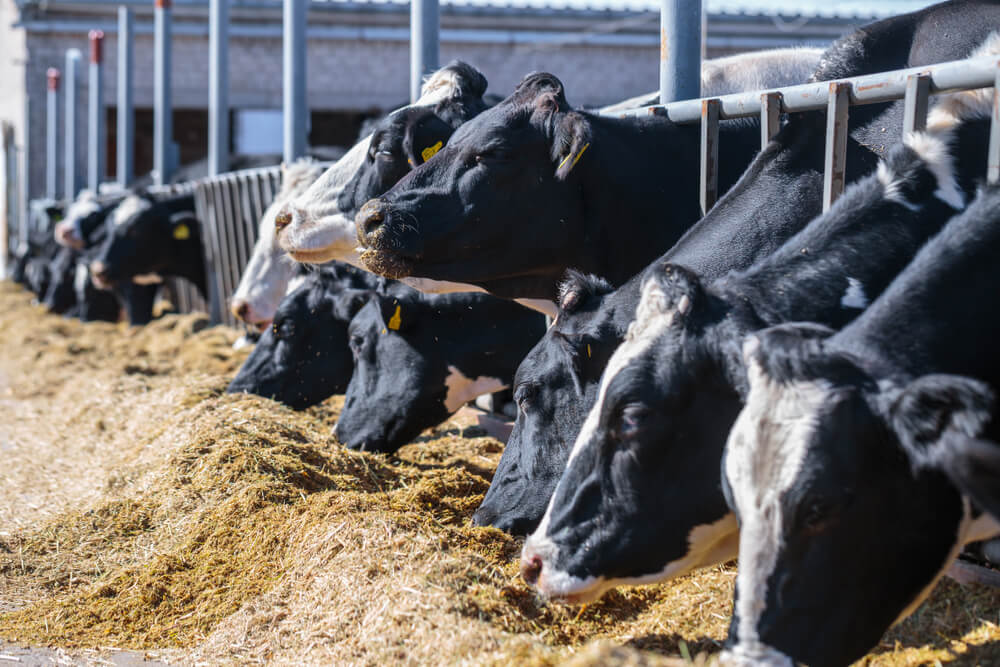
The Meat Board of Namibia has reported that the high cost of imported animal feed from South Africa is hindering the capital investment in large-scale feedlot setups in Namibia. This situation has led to the dominance of live exports as a significant marketing segment for Namibian weaner farmers. The financial viability of establishing feedlots in the country has been compromised due to the exorbitant costs associated with importing animal feed. This article examines the challenges faced by the feedlot sector in Namibia and explores the implications of costly animal feed on the country’s agricultural industry.
The Feedlot Sector in Namibia:
A feedlot represents an intensive production system aimed at growing or fattening cattle and calves, specifically weaners, until they reach slaughter weight. Feedlots typically utilize high-grain/low-forage rations to efficiently raise the animals to the desired fat cover before marketing them for slaughter. However, the Meat Board has highlighted the poor financial viability of large-scale feedlots in Namibia, which necessitates the costly importation of animal feed from South Africa.
Live Exports and Market Dynamics:
Namibia predominantly exports cattle, specifically weaners, to South African feedlots. The statistics for the first quarter of 2023 indicate that out of a total of 53,157 heads of cattle marketed, 99.5% were weaners destined for feedlots in South Africa, while the remaining 0.5% were exported for farming purposes. This high dependency on live exports demonstrates the limited attractiveness of establishing feedlots within Namibia due to the financial constraints posed by importing animal feed.
Increased Activity and Price Considerations:
The Meat Board has reported an overall improvement in the performance of the cattle sector, with increased activity recorded at export-abattoirs and live exports during April 2023. This growth is partially attributed to the rise in exports of weaners, primarily to South African feedlots. However, price developments indicate that slaughtering animals could be more profitable than weaner sales due to the significant decline in weaner prices. This decline has widened the gap between weaner prices and prices paid for slaughter cattle at export-abattoirs.
The Implications and Way Forward:
The low weaner/B2 beef ratio, currently at 47.7% year-to-date, compared to 66.2% during the same period last year, has led to a shift in focus towards the production of slaughter cattle. This development is encouraged by relatively higher producer carcass prices paid by abattoirs for slaughter-ready animals. To discourage the exportation of weaners and boost the production of slaughter cattle, efforts should be made to maintain favorable price ratios and ensure the economic viability of feedlot operations.
Furthermore, the declining weaner prices, reaching the lowest level recorded since September 2019, coupled with the drop in the B2 beef producer carcass price, indicate the urgent need for addressing the cost challenges associated with imported animal feed. Namibia should explore alternatives, such as promoting local feed production, optimizing grazing resources, or implementing policies to incentivize domestic feed production.
The high cost of imported animal feed from South Africa has posed a significant challenge to the establishment of large-scale feedlots in Namibia. The reliance on live exports has become a dominant marketing segment for Namibian weaner farmers due to the financial constraints imposed by costly animal feed. To foster the growth of the feedlot sector and reduce dependence on live exports, it is crucial to address the cost factor associated with imported animal feed. By implementing strategies that promote local feed production or exploring alternative feed sources, Namibia can create a more favorable investment environment for feedlot operations and boost its agricultural industry


















